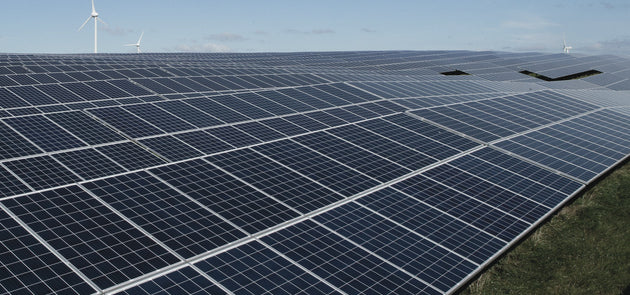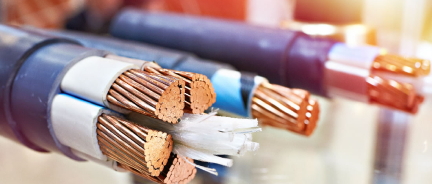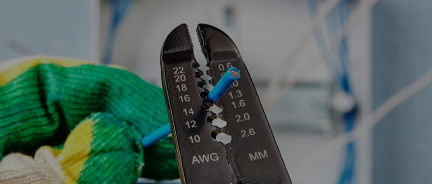Challenges for the cable industry with the EV market expanding exponentially and the broader adoption of EVs
A rapidly growing EV market faces many challenges. Wire and cable segment of the EV business is just as challenging and fast-developing as EV vehicles' production. This article focuses on the main trends linked to how the cable industry reacts to a broader adoption of EVs.

The EV Cable Market Will Grow
At the end of 2021, the market of cables for electric cars has almost reached $4 billion worldwide. It is currently growing by a quarter yearly and is expected to reach $13.1 billion by 2026. This includes high-voltage cables used inside the car engines and charging EV cables. The clear reason behind this growth is the growing demand for electric cars. We will see more manufacturers start producing EV cables in the upcoming years.
The prices for batteries and EV cables alike will go down gradually
A successful expansion of the EV vehicle market requires a growing segment of cheaper, cost-effective electric vehicles. As of 2022, the prices for Tesla cars, one of the most popular EV vehicle companies on the market, range between $47,000 and $139,000, which is outside of many customer's budgets for electric cars.
There are some cheaper alternatives for electric vehicles on the market already, like a $27,000 Chevrolet Bolt EV or a $29,000 Nissan Leaf, but the share of cheaper needs to be bigger if the goal of the EV vehicle market is to affect everyone.
Luckily, manufacturers are happy to hop on the budget vehicle market very soon; however, several issues should be addressed first. The first problem that matters here is the price and availability of the batteries. At this time, the batteries are made of expensive premium materials that made the price of the cable skyrocket. Reducing the prices for batteries without compromising the quality is currently the number one challenge for the entire industry.
-
The charging speeds will grow, reflecting the demand for faster charging speeds.
The drivers of electric cars want their experience to be as comfortable as possible, which means being able to charge their vehicle as fast as pumping up the gas for a conventional car. Currently, charging is not the fastest and the most convenient experience when using an electric vehicle. Currently, there are superchargers on the market that make it possible to charge the car in less than 40 minutes, but their share of the market is quite limited. As the advanced technologies for faster charging speeds will grow, the cables will have to keep up with this change.
-
Battery management systems will go wireless, and EV wire harnesses will go simpler.
Even though the mass production of EV wiring will grow in the next few years thanks to the increasing demand for electrical vehicles, there will actually be fewer cables in the car itself. The next big step for the EV industry is battery management systems going wireless. This will significantly reduce the number of communication cables inside the car. As a result, the cars will become lighter and more convenient, and there will be fewer models of high-voltage wires that go inside the electric car.
Manufacturers worldwide are also looking for ways to make the production of wire harnesses cheaper and more efficient. One of the ways to do it is by adopting modular wire harnesses that go through a simplified, automated manufacturing process.


















